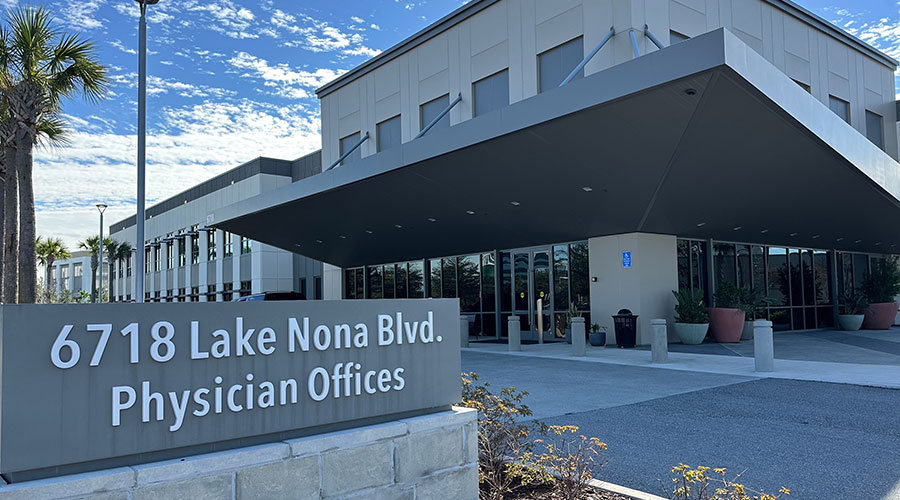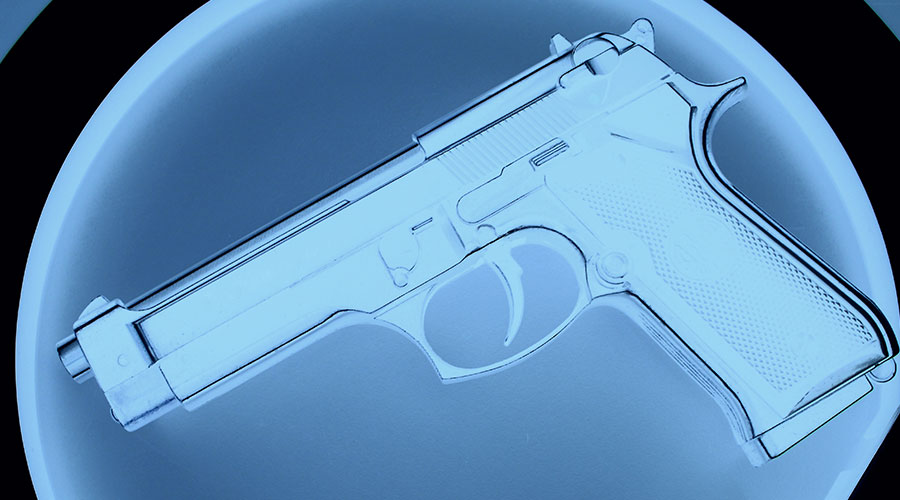A Bexar County District Court issued a Temporary Restraining Order today against Tru Defense Inc. (Tru-D), which forces Tru-D to end its practice of making false and misleading statements regarding the efficacy of its mercury bulb product, said Xenex Disinfection Services.
The Court found that the Order was necessary because Tru-D has “already made and is continuing to publish false and misleading statements about [Xenex’s] product.” The Court ordered Tru-D to immediately cease publishing false and misleading statements about [Xenex] and its product.
Tru-D is the manufacturer of the Tru-D Smart UV device, a mercury bulb ultraviolet (UV) light system marketed to hospitals to disinfect surfaces and remove the pathogens that can cause hospital acquired infections (HAIs). Independent peer reviewed studies of the Tru-D device consistently show that Tru-D’s efficacy claims are false and/or misleading, as they materially misstate the effectiveness of the Tru-D product. For example, Tru-D falsely claims its device is capable of disinfecting an entire room from a single position, specifically including shadowed areas, ignoring peer-reviewed studies that show that its device does not remove all pathogens from these areas as claimed.
The Court also forced Tru-D to stop making false statements regarding the Germ-Zapping Robot™ manufactured and sold by Xenex Disinfection Services, which uses Pulsed Xenon Full Spectrum™ UV to create germicidal light. In its marketing literature, Tru-D materially overstates the effectiveness of its mercury device, while grossly understating the effectiveness of Xenex’s Pulsed Xenon Full Spectrum™ UV device. There are material technological differences between the mercury bulb UV technology used by Tru-D and the Pulsed Xenon Full Spectrum™ UV room disinfection technology used by Xenex. Tru-D’s product uses bulbs that contain toxic mercury to produce low intensity, narrow spectrum UV light. The Xenex Germ-Zapping Robot™ uses a patented pulsed xenon technology to produce intense UV light that covers the entire UV light spectrum.
The Xenex pulsed xenon UV technology is significantly faster than the Tru-D product, which allows hospitals to disinfect more rooms per day/per device to reduce the facility’s bioburden. Most importantly, hospitals using Xenex robots have shown, in multiple peer-reviewed published studies, reductions in HAI rates greater than 50 percent. There are no peer-reviewed published studies that show that any hospital has successfully reduced its HAI rates using the Tru-D device. The Xenex Germ-Zapping Robot is the only UV disinfection technology that has been shown, in multiple peer-reviewed published outcome studies, to help hospitals reduce HAI rates.
“There are more than 50 companies that sell UV systems that rely on mercury bulbs similar to Tru-D. Tru-D uses false marketing claims in an attempt to convince hospitals that their products have capabilities that do not exist. Xenex has shown, in multiple peer-reviewed studies, that we can help hospitals reduce their infection rates by destroying the deadly pathogens that cause them. Tru-D’s technology was on the market for several years before ours, and to date there are no peer reviewed published studies that demonstrate that Tru-D’s device has any impact on infection rates. We intend to monitor and react to any false statements made by any mercury company about Xenex and our unique pulsed xenon technology and this TRO will force them to be truthful moving forward,” said Morris Miller, CEO of Xenex.
MD Anderson Cancer Center, the Central Texas Veterans Health Care System, Cooley Dickinson Health Care (an affiliate of Massachusetts General Hospital and Partners HealthCare System) and other hospitals have published 14 studies providing evidence of the Xenex robot’s efficacy in highly regarded scientific journals that include AJIC, the Journal of Infection Prevention, ICHE and BMC Infectious Diseases. Xenex robots are in more than 300 hospitals, Veterans Affairs (VA), Department of Defense (DoD), long term acute care and skilled nursing facilities, and outpatient surgery centers in the U.S., Europe, Canada and Africa.

 States Move Forward to Better Protect Senior Citizens
States Move Forward to Better Protect Senior Citizens Archer and REDA to Transform Newport Beach Building into Outpatient Center
Archer and REDA to Transform Newport Beach Building into Outpatient Center Sunflower Medical Group Facing Lawsuit Following January Data Breach
Sunflower Medical Group Facing Lawsuit Following January Data Breach Nemours Children's Health Opens New Location in Lake Nona
Nemours Children's Health Opens New Location in Lake Nona Enhancing Safety at Hennepin Healthcare with a Screening System
Enhancing Safety at Hennepin Healthcare with a Screening System